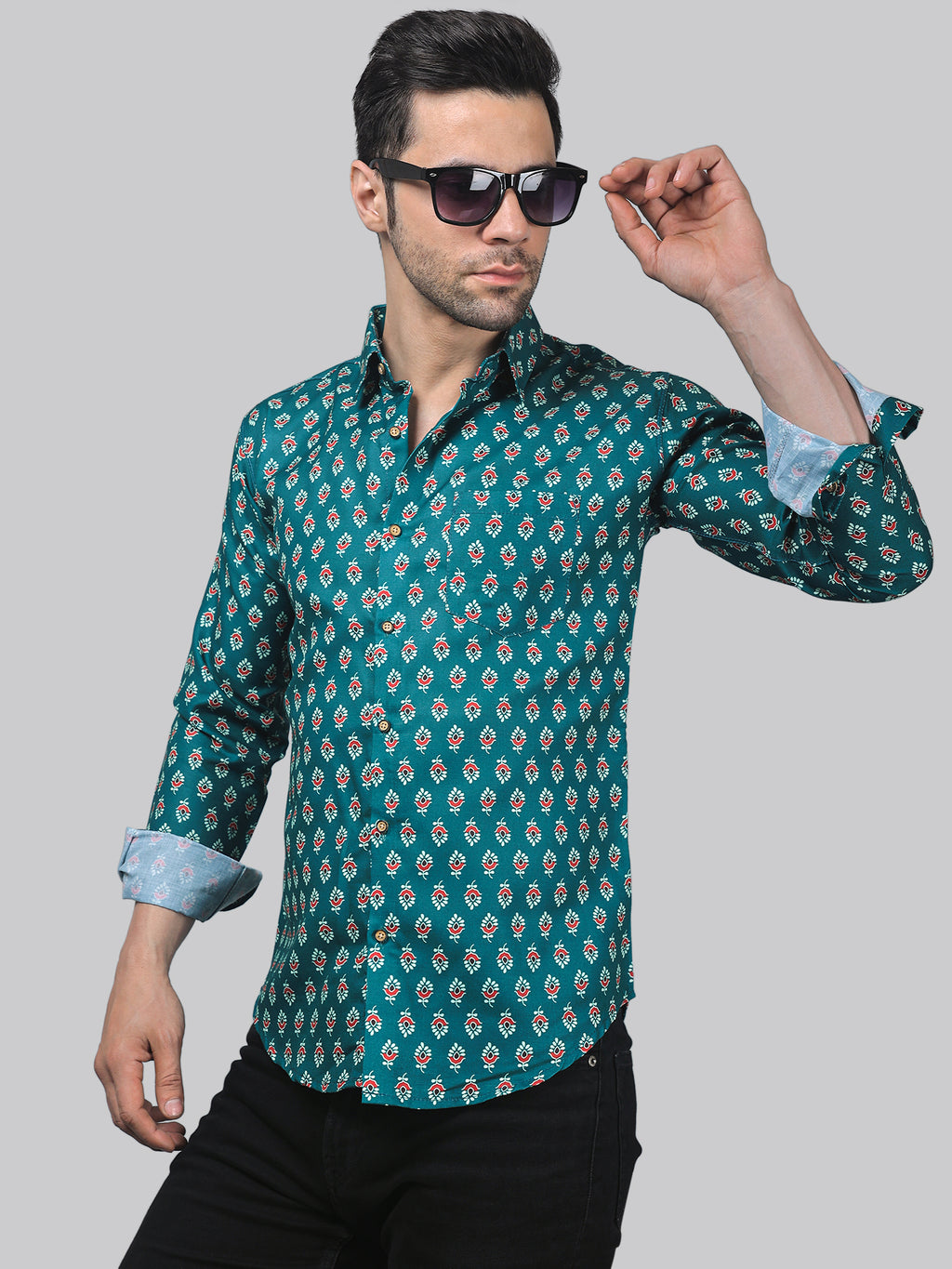How does the weight of poplin fabric compare to other commonly used shirt fabrics?

When it comes to selecting the perfect shirt, understanding the weight of the fabric is crucial for determining its comfort, breathability, and suitability for different seasons and occasions. Poplin fabric, known for its crisp texture and smooth finish, is a popular choice for shirts. In this blog, we'll explore how the weight of poplin fabric compares to other commonly used shirt fabrics, providing insights into their characteristics and performance.
Understanding Fabric Weight: Fabric weight refers to the density of the fabric, typically measured in grams per square meter (GSM) or ounces per square yard (oz/yd²). Lighter-weight fabrics have lower GSM or oz/yd² measurements, while heavier-weight fabrics have higher measurements. The weight of the fabric influences its drape, breathability, and insulating properties, making it an important factor to consider when selecting shirts.
Comparing Poplin Fabric Weight: Poplin fabric is known for its lightweight and breathable characteristics, making it a popular choice for shirts worn in warmer climates or during the summer months. The weight of poplin fabric typically ranges from 100 to 130 GSM or 3 to 3.8 oz/yd², although variations may occur depending on the specific weave and density of the fabric.
Compared to other commonly used shirt fabrics, such as Oxford cloth, twill, and chambray, poplin fabric tends to be lighter in weight. Oxford cloth, known for its basketweave structure and textured appearance, has a slightly heavier weight ranging from 130 to 180 GSM or 3.8 to 5.3 oz/yd². Twill fabric, characterized by its diagonal rib pattern, falls within a similar weight range as Oxford cloth, providing a balance between durability and comfort.
On the other hand, chambray fabric, which resembles denim but is lighter in weight and softer in texture, typically ranges from 120 to 160 GSM or 3.5 to 4.7 oz/yd². While chambray fabric shares some similarities with poplin in terms of breathability and versatility, it may offer slightly more weight and substance due to its denser weave and higher GSM measurements.
Factors to Consider: When choosing between different shirt fabrics, it's essential to consider factors such as climate, season, and personal preference. Lightweight fabrics like poplin are ideal for warm weather and casual settings, offering comfort and breathability throughout the day. Heavier-weight fabrics like Oxford cloth or twill may provide added warmth and structure, making them suitable for cooler temperatures or more formal occasions.
Additionally, fabric weight can impact the overall look and feel of the shirt. Lighter-weight fabrics tend to drape more smoothly and have a softer hand feel, while heavier-weight fabrics may offer more structure and substance. Ultimately, the choice of fabric weight depends on individual needs and preferences, as well as the intended use and context of the shirt.
Leave a comment